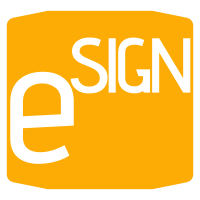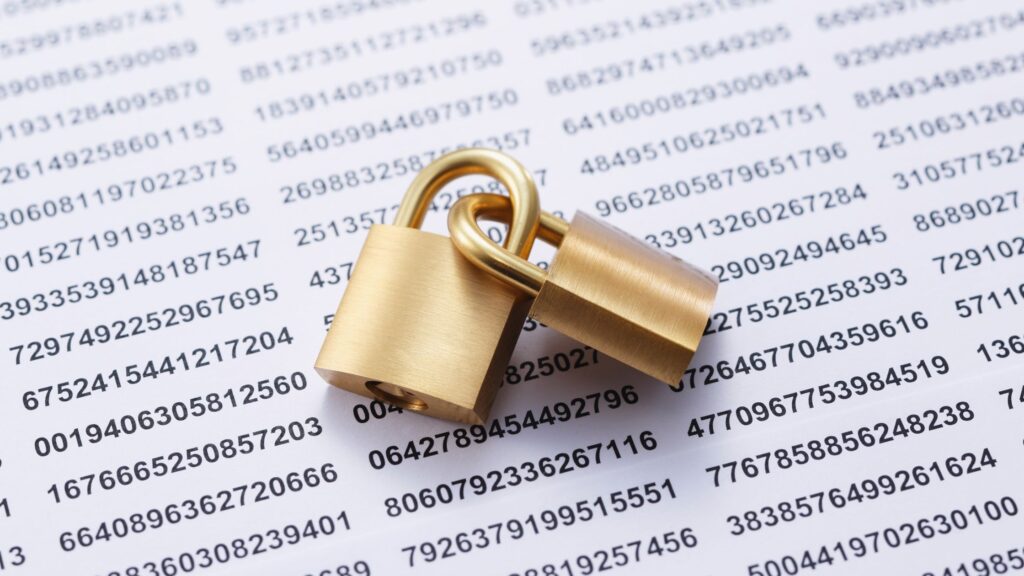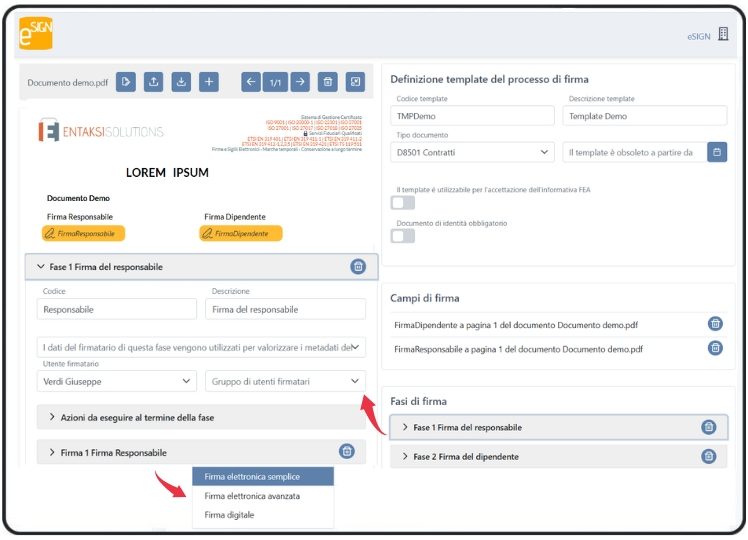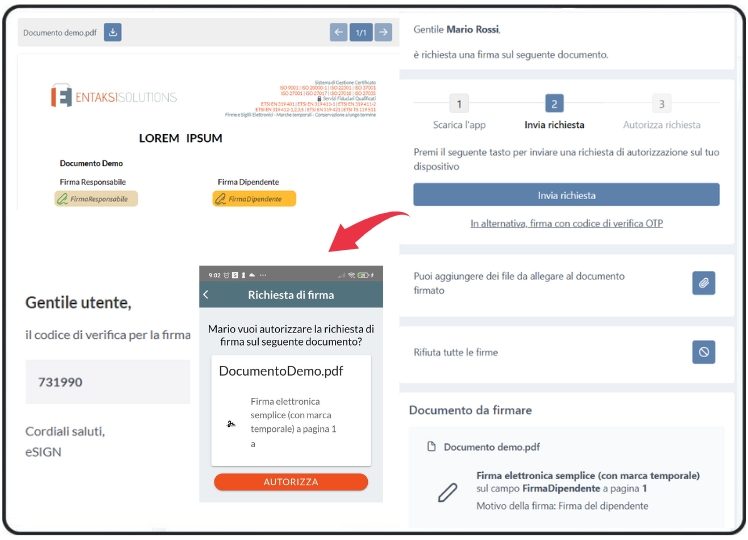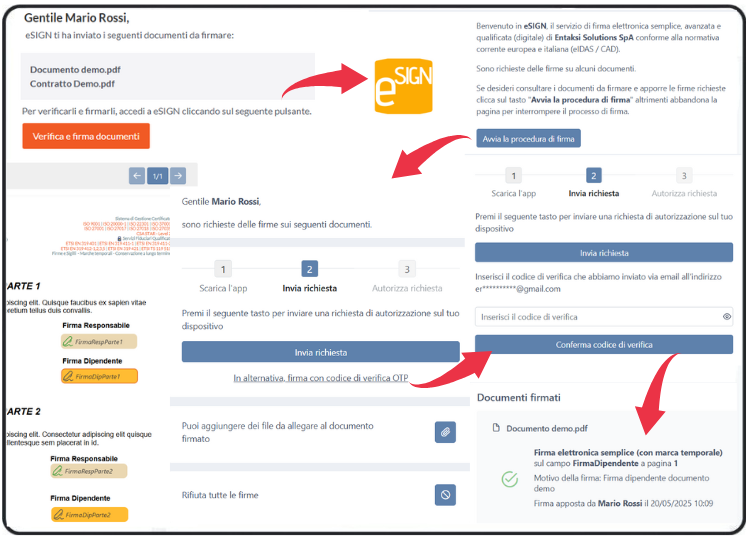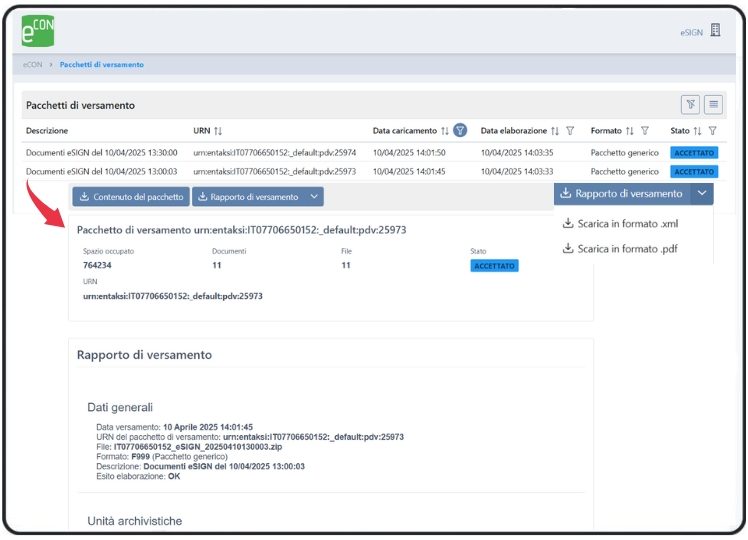A simple electronic signature is the most basic form of electronic signing. It consists of any set of electronic data used to identify a person and their intent to sign a document. In case of a dispute, its evidentiary value depends entirely on the judge’s discretion.
An advanced electronic signature provides greater security and reliability. When used correctly, it has, in contexts defined by law, the same legal value as a handwritten signature.
A qualified electronic signature (which in Italy is essentially synonymous with a digital signature) has the highest level of legal value and security. It is based on a qualified digital certificate issued by a Certification Authority and requires the use of secure signature devices. It is the only type of electronic signature that holds the same legal status as a handwritten one.
In summary, the difference between the three levels lies in their degree of security, the assurance of the signer’s identity, and the recognized legal validity — from the informal simplicity of the simple electronic signature, to the technical robustness of the advanced one, up to the full legal validity guaranteed by the qualified signature.
